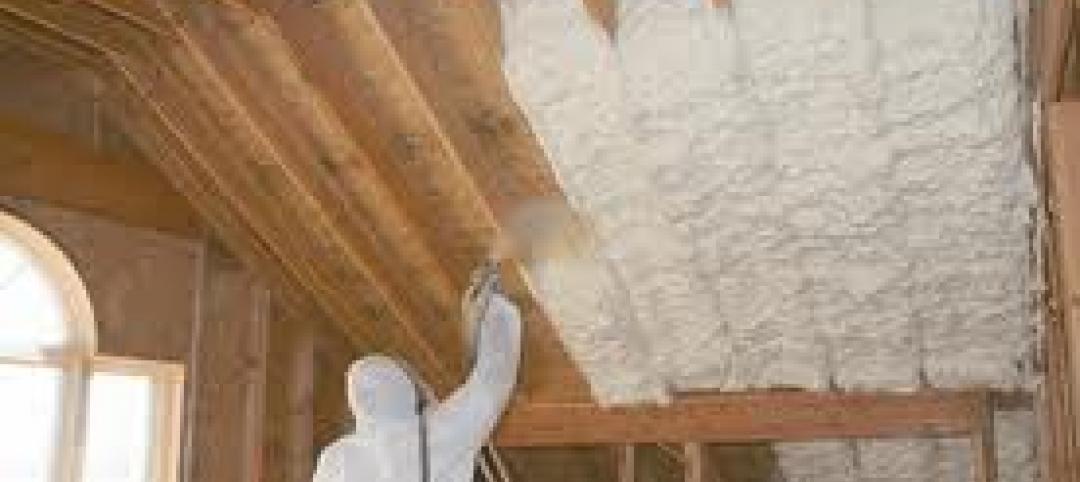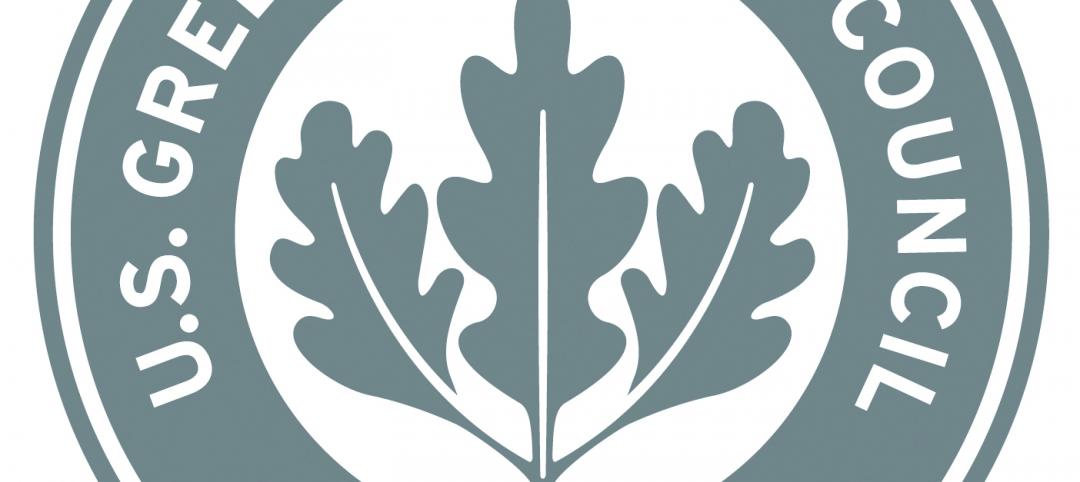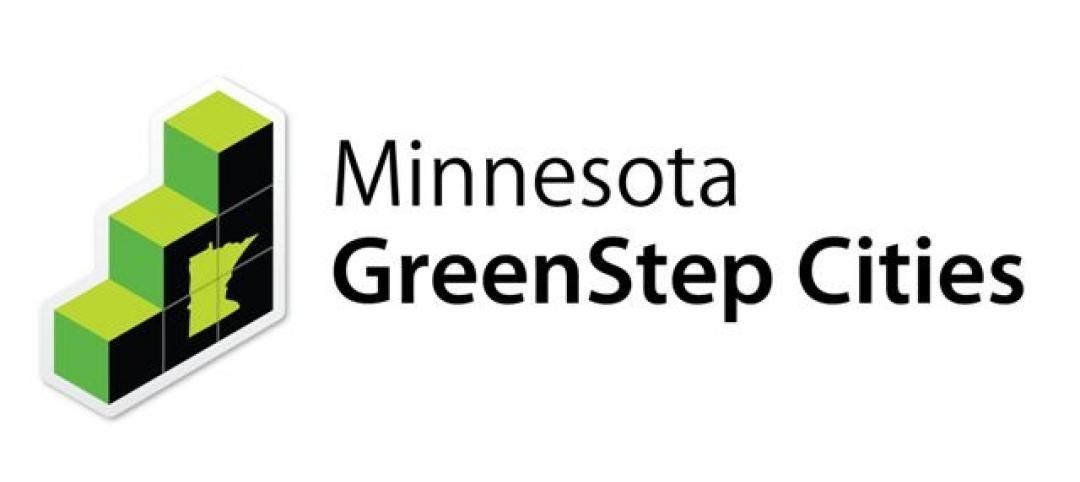The rate of vacant housing stock is as low as it has been in more than 30 years—a clear sign of a housing shortage for low- and middle-income households.
Moody’s Analytics economist Mark Zandi writes that policymakers must take “forceful action” to alleviate the shortage. Fannie Mae and Freddie Mac could reduce mortgage rates, he writes. “Because of the recent large cut in the corporate tax rate, Fannie and Freddie could charge a lower fee but still get the same return,” he adds.
The two mortgage juggernauts account for about half of all mortgage loans made today, mostly to households with modest means, Zandi points out. “Stiff zoning restrictions, higher permitting costs and other regulations are driving up building costs, particularly in urban areas where the shortage of affordable housing is especially acute,” he writes.
Part of the answer can come from state and local authorities. State housing authorities and Community Development Financial Institutions have the flexibility necessary to supercharge affordable home-building in places encumbered by a variety of complex and costly problems, Zandi writes. “They need lawmakers to empower them.”
Related Stories
| Jan 26, 2012
Siemens launches smoke detection knowledge center
New knowledge center web site demonstrates efficacy of smoke detection.
| Jan 18, 2012
Chile's seismic code upgrades credited with saving lives in 2010 quake
Since 1960, when Chile suffered a 9.5 magnitude quake, the largest ever recorded; the country has steadily improved building codes to protect lives and property.
| Jan 18, 2012
Report analyzes residential hurricane codes in 18 states
The Insurance Institute for Business & Home Safety (IBHS) released a new report analyzing residential building codes in 18 hurricane-prone coastal states along the Gulf of Mexico and the Atlantic Coast.
| Jan 18, 2012
Death in Chicago high-rise apartment fire blamed on fire code
The death of a Chicago woman who stepped off her elevator into a blazing inferno last week has underscored the need for fire sensors in elevators.
| Jan 18, 2012
California approves open cell spray foam for energy efficiency standards
The California Energy Commission (CEC) now recognizes open-cell spray foam as an accepted insulation in its 2008 Building Energy Efficiency Standards.
| Jan 5, 2012
Building to LEED standards now an 'easy call' from cost standpoint
Once seen as a cost burden, building to LEED standards is now an "easy call," according to Dan Probst, chairman of energy and sustainability for real estate management and development firm Jones Lang LaSalle.
| Jan 5, 2012
Minnesota's GreenStep Cities program aids communities in winning grants
GreenStep Cities, a Minnesota initiative, was designed to provide greater recognition to the state's communities for achievements in meeting sustainability standards and goals.
| Jan 5, 2012
Some ADA accessibility rules change in 2012
Some changes to the Americans with Disabilities Act go into effect beginning March 15, 2012.
| Jan 5, 2012
Ontario's stringent energy code has builders concerned over indoor air quality
Some Ontario builders are worried that new building code requirements with stricter energy efficiency measures could lead to poor indoor air quality.
| Jan 5, 2012
New law bars Defense Department from new LEED certifications
The Defense Department will not be allowed to use any money to certify its buildings LEED Gold or Platinum, under a law President Obama signed Dec. 31.

















